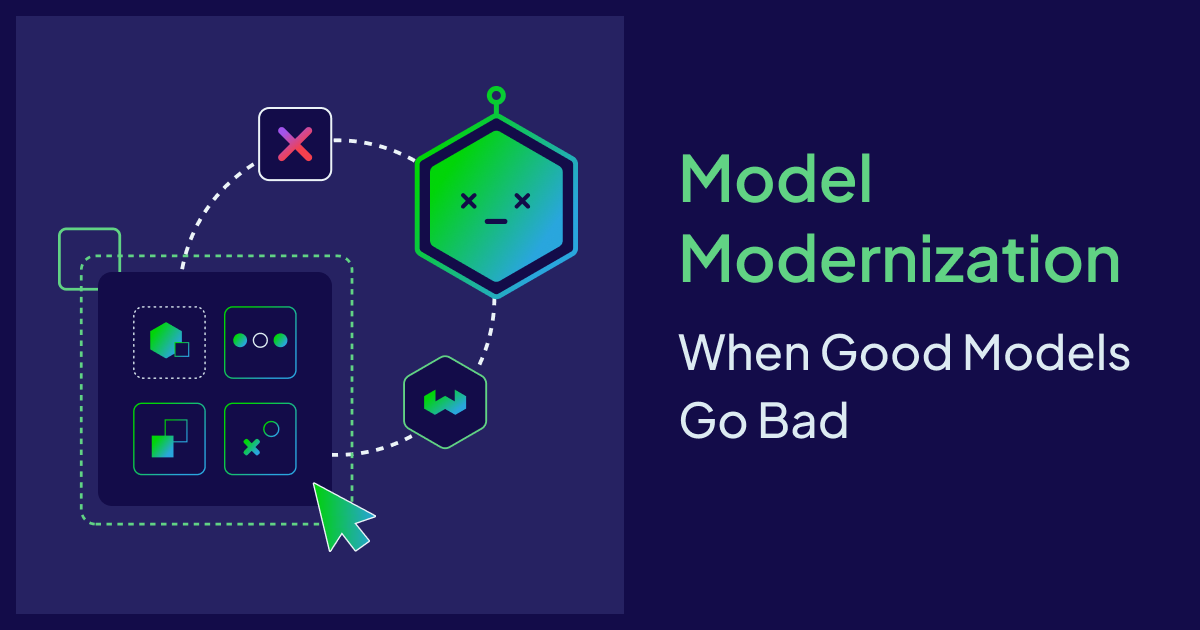
When Good Models Go Bad
A strategic guide to the costs, risks and rewards of upgrading embedding models in production AI

A strategic guide to the costs, risks and rewards of upgrading embedding models in production AI
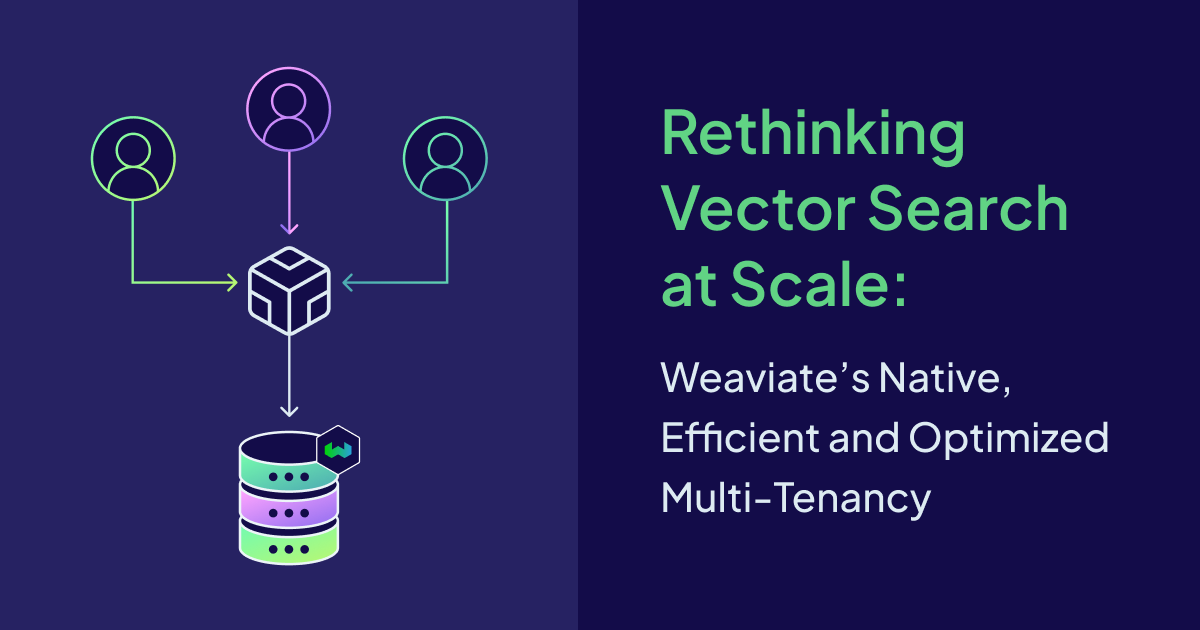
Learn how Weaviate's native multi-tenancy architecture delivers scalable vector search with one shard per tenant, dynamic resource management, and true data isolation.
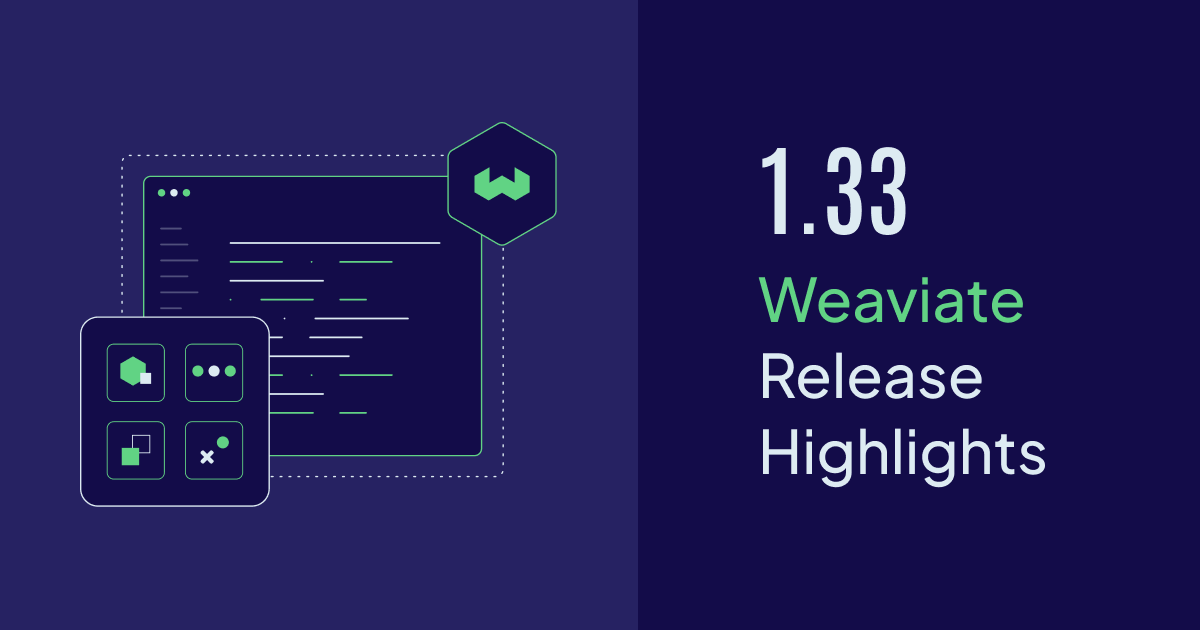
1.33 brings compression by default for optimal resource utilization, powerful 1-bit rotational quantization (RQ), streamlined server-side batch imports, enhanced OIDC group management, and collection aliases become generally available (GA).
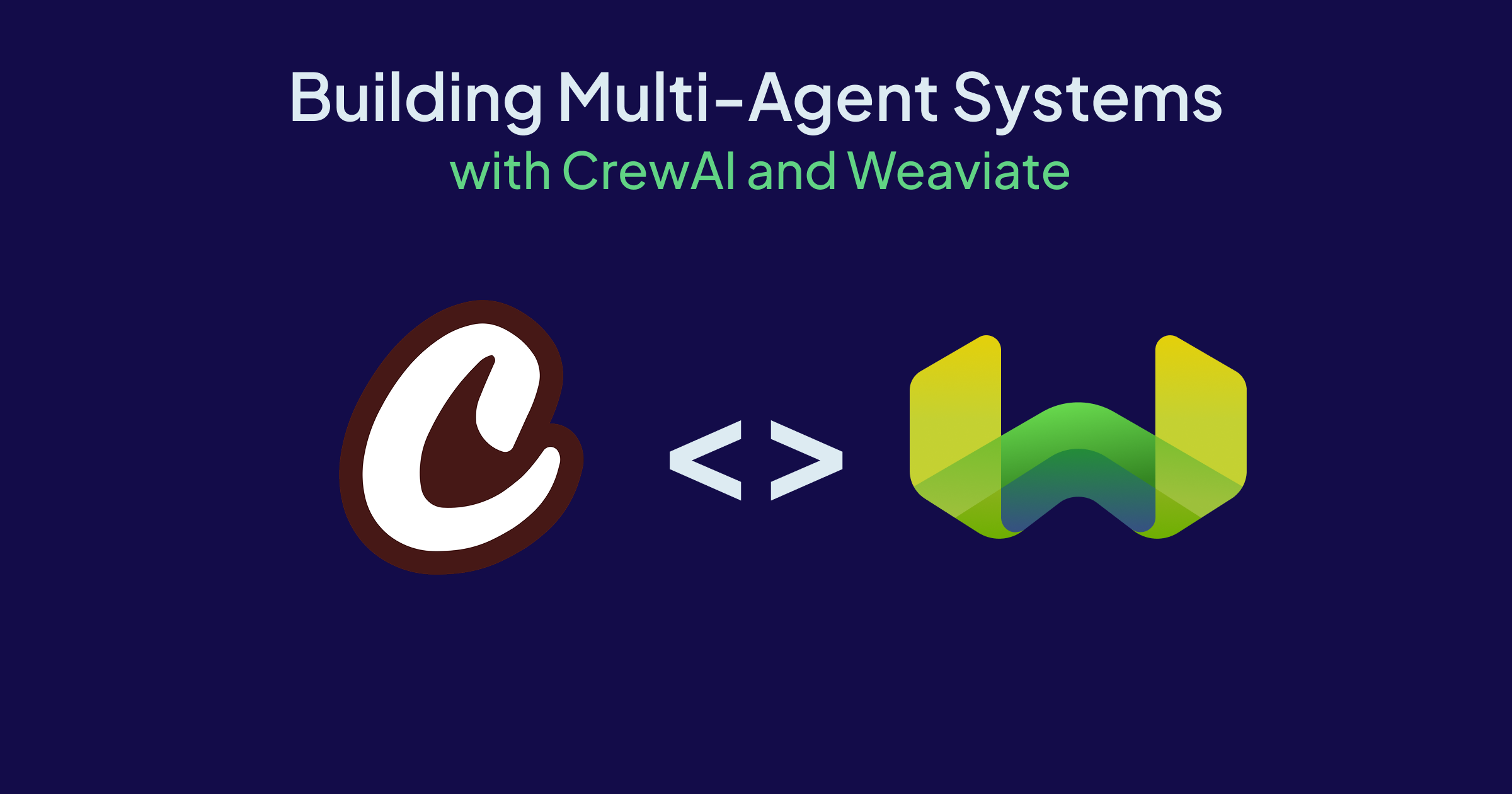
Learn about how you can build multi-agent systems with CrewAI and Weaviate.
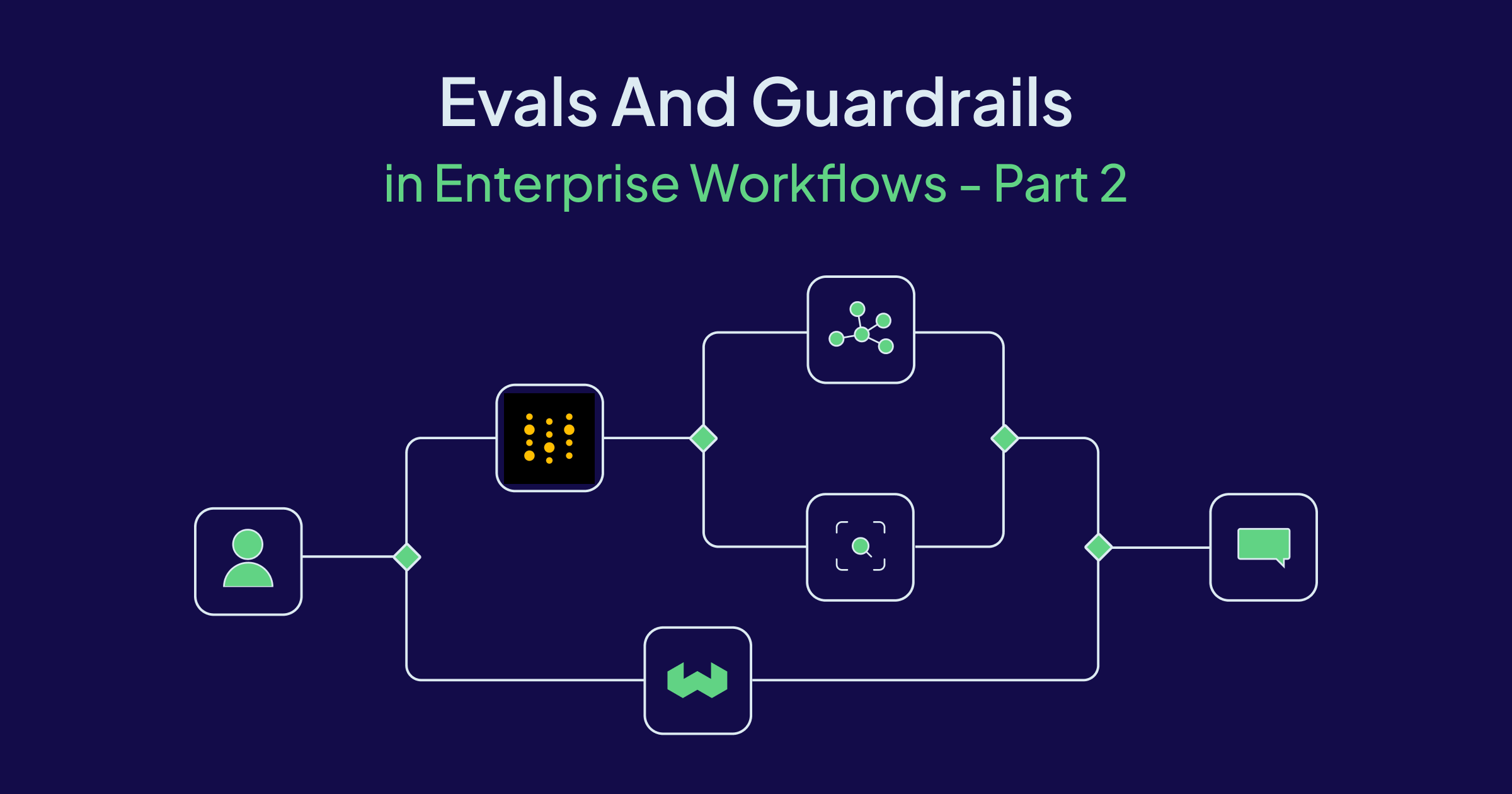
Hands-on patterns: LLM-as-Judge with LangChain and W&B

Announcing Weaviate has achieved ISO 27001 compliance.

Learn how Search Mode compares against Hybrid Search on the BEIR, LoTTe, BRIGHT, EnronQA, and WixQA Information Retrieval benchmarks.

The Query Agent is now generally available! Learn how the interface to databases is shifting with the introduction of agentic retrievers – domain experts at using Weaviate’s APIs with your data.

A practical guide on using Weaviate Cloud Queries in MacOS apps.
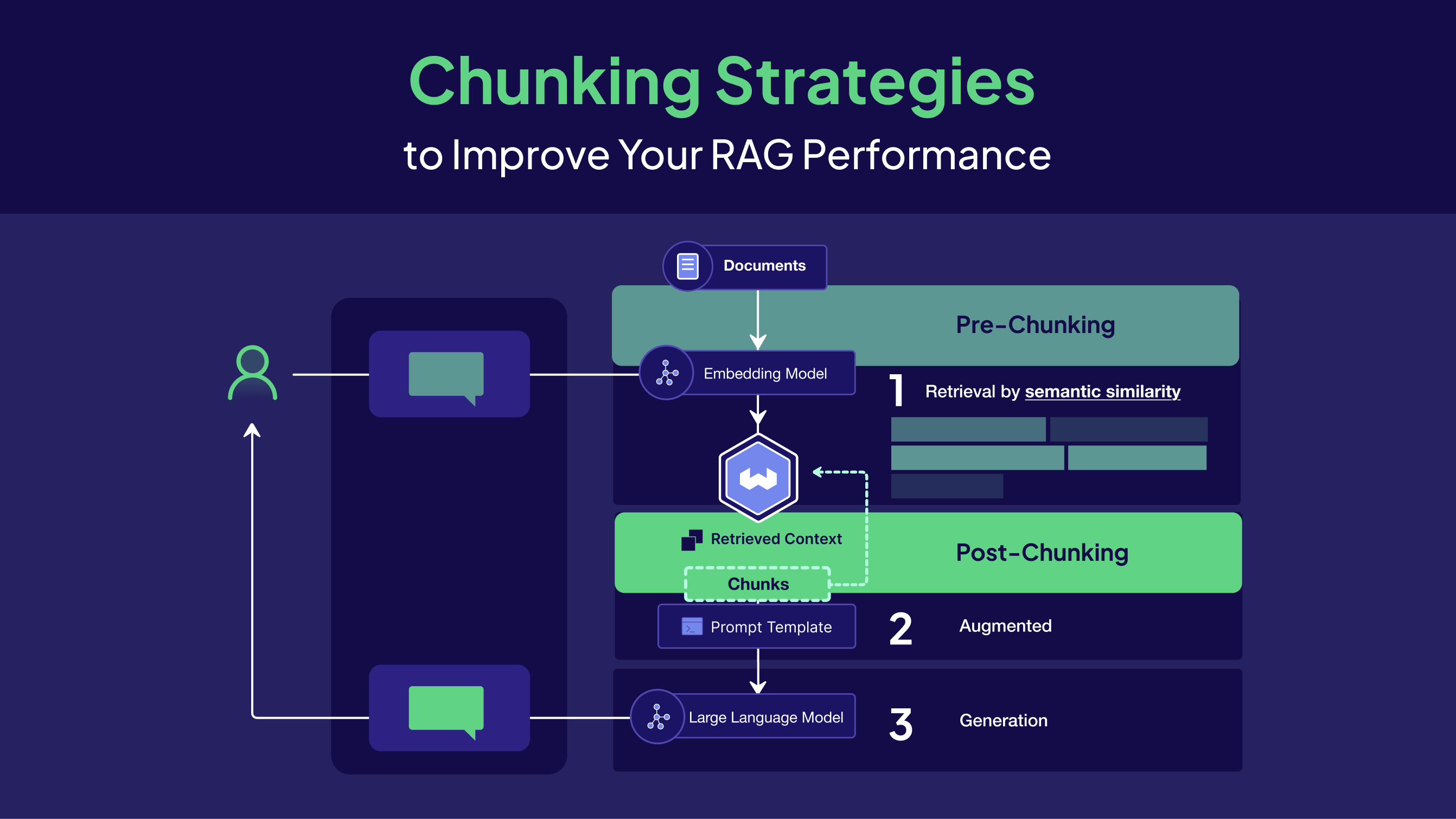
Learn how chunking strategies can help improve your RAG performance and explore different chunking methods.
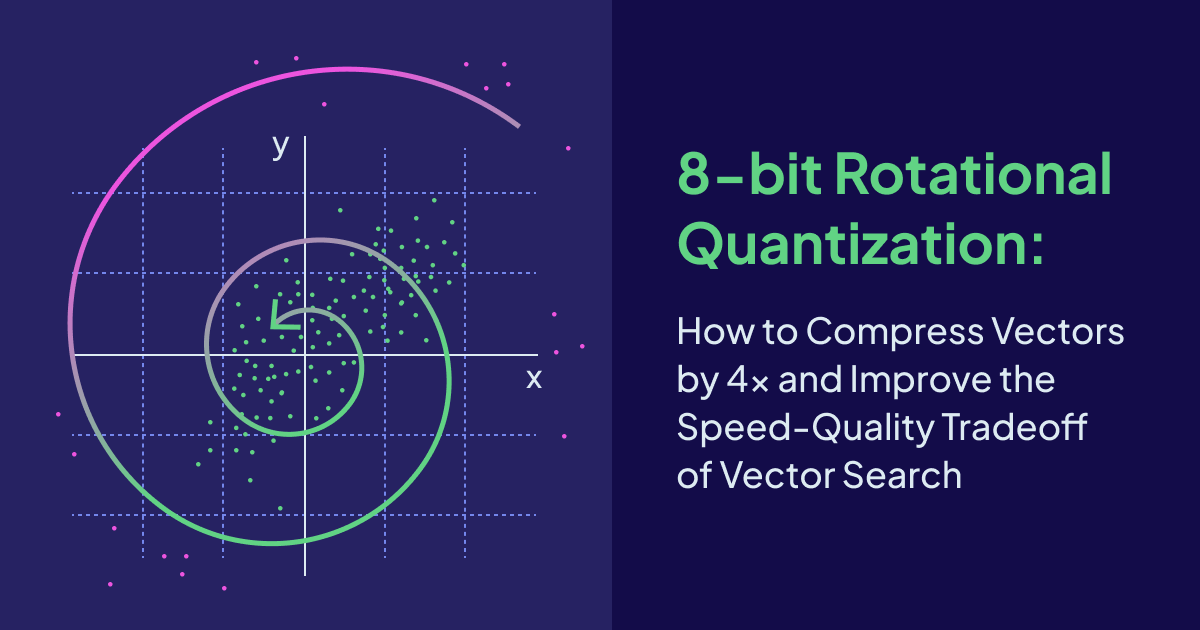
Get spun around by our new vector quantization algorithm that utilizes the power of random rotations to improve the speed-quality tradeoff of vector search with Weaviate.
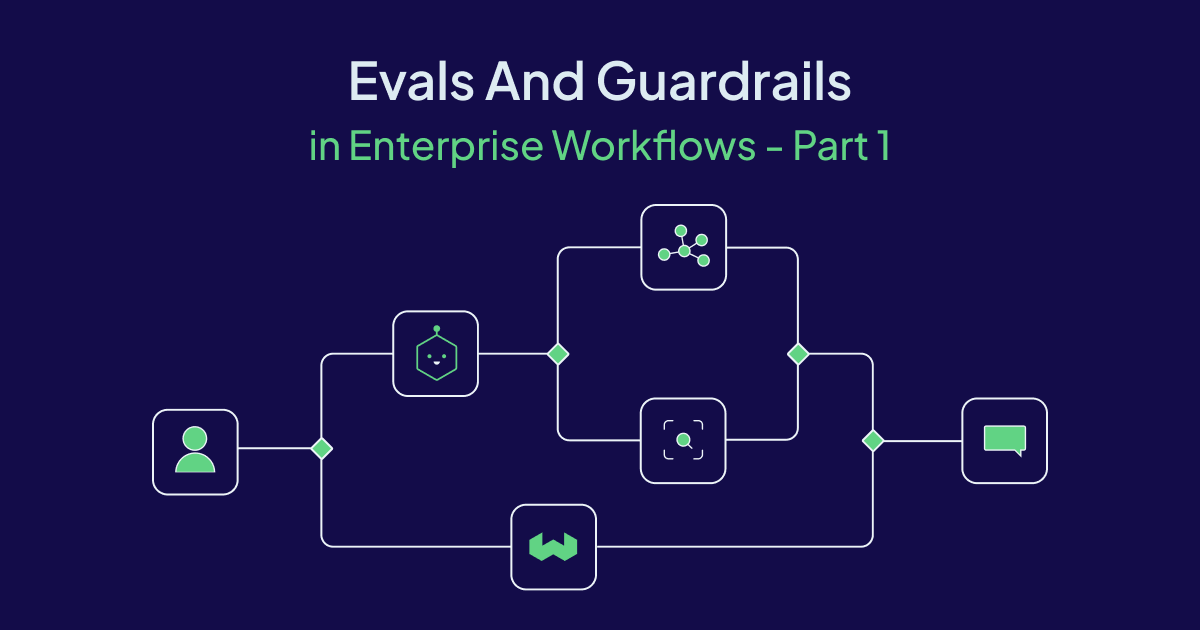
Evals and Guardrails in enterprise workflows part 1